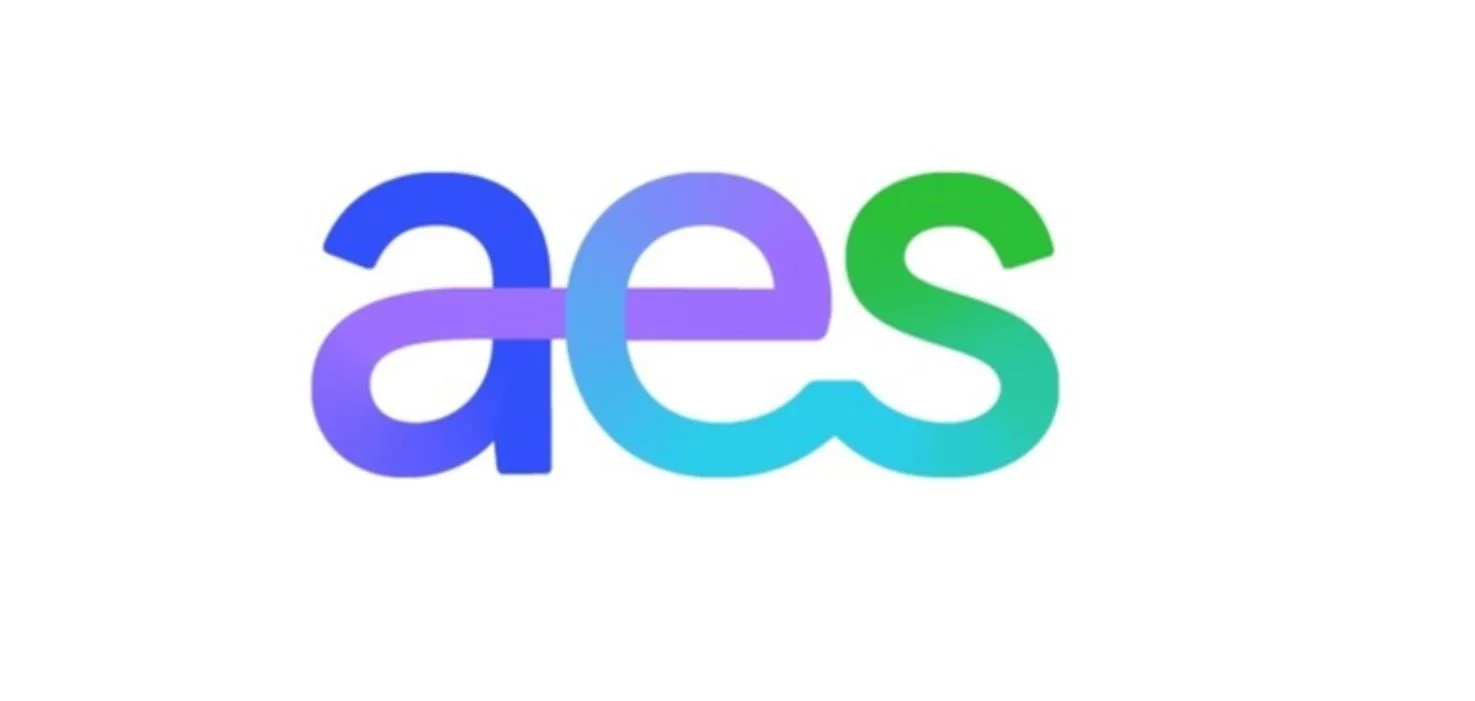A Guide to Going Solar with AES Indiana
AES Indiana (Formerly IPL)
Find out how much it costs for AES customers to install solar panels
Understanding AES Indiana
AES Indiana (Formerly IPL)
Utility Type: Investor Owned Utility (IOU). An IOU is a private, for-profit company that generates, transmits, and distributes electricity to customers in a designated service territory.
Headquarters: Indianapolis, Indiana
Parent Organization: AES Corporation, IPALCO Enterprises Inc., AES Trust
Website: www.AESIndiana.com
Contact for Solar Related Questions: ipl.interconnection@aes.com
Key takeaways for switching to solar with AES
Solar Policies: As an IOU, AES’s solar policies are regulated by the Indiana Utility Regulatory Commission (IURC).
Commonly Used Solar Programs:
Excess Distributed Generation Tariff - This is the most commonly used program. This program provides a credit to your utility bill in the amount of 125% of the “market price” (not the retail price!) for power for all excess energy generated.
Current Market Price or bill credit: $0.03935 per kwh
Go-Off Grid - Disconnect from NIPSCO or install a system separate from the grid. Click here.
Go Solar with AES >>
AES Indiana Service Territory
“For solar owners, AES offers the Excess Distributed Generation Tariff (EDG).
EDG allows you to use your solar energy (which you get the full value out of), and the credits are ~$0.039/kwh for excess generation.
The EDG credit balance is carried forward indefinitely, for as long as a customer elects to participate in Rate EDG and receives retail electric service from AES.
EDG credit balances are not transferable to another service or account.
It’s recommended that you unenroll from Budget Billing when you install solar since this billing is based off the previous 12 months.
”
Want more tips ?
Download the Indiana Solar Guide
Top 10 tips on how to shop for solar in Indiana
Solar pitfalls and how to avoid them
Trusted advice from solar industry professionals
<< Download Now
See other AES customers that switched to solar.
Are solar panels worth it for AES Indiana customers?
Yes! For AES customers in Indiana, adding solar panels can be a worthwhile consideration. Their Excess Distributed Generation Tarriff is a good option as it does provide the customer with a credit for excess energy generated. This credit is lower than the “retail rate” so you might consider adding battery storage or modifying the system size to maximize how much solar energy is consumed on site rather than sent back to AES.
Additionally, the availability of the federal tax credit can offset the initial installation costs, making solar more accessible. Furthermore, with AES's commitment to expanding its renewable energy portfolio, customers may benefit from a more favorable regulatory environment for solar energy adoption. However, individual circumstances, such as roof orientation, local regulations, and financial situation, should be evaluated to determine the overall value of a solar panel installation.








